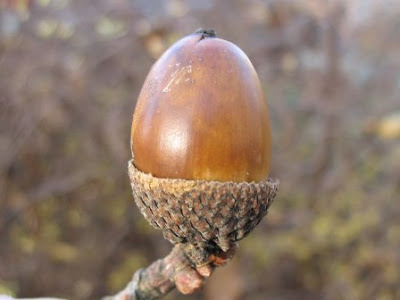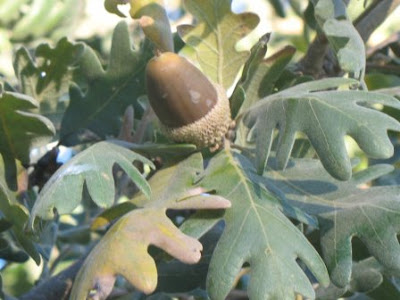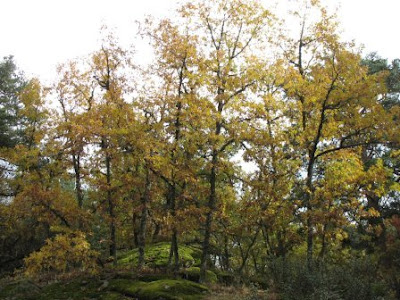"Yew forests were once common in France and Germany. The wood of the English Yew was used for bows by Celtic and Teutonic warriors, a practice which eventually led to the demise of the great Yew forests of Western Europe. In Teutonic areas the Yew had important symbolic significance."
Pacific (Oregon) yew (Taxus brevifolia) Today the "Oregon Yew" is the Yew tree species of choice for bows made from Yew wood.
Osage orange, Hedge Apple or "Bodark" (Maclura pomifera) A highly prized wood for bow making although its high price might put it out of the price range of some.
Lemonwood also called Degame (Calycophyllum candidissimum) is a quality wood from South America that is used as an economic alternative to Osage or Yew.
Pignut Hickory or White wood - (species: Carya glabra)
 Black locust - (Robinia pseudoacacia)
Black locust - (Robinia pseudoacacia)"Black locust is a good bow wood. It performs as good as any wood at smaller widths except for Osage. It also can have a tendency to crystallize on the belly where it is over worked. Any bow made from Black Locust will have to be tillered very well. Any faults in tillering could result in crystals forming."
Black walnut - (Juglans nigra L.)
Black Walnut is used for its beauty as a wood. The striking contrast between the heart wood and the sap wood makes for a great two toned effect.
Other trees used for bows include...
- Southern red cedar,
- mulberry, ironwood,
- apple,
- sassafras,
- slippery elm,
- white ash,
- juniper




















































